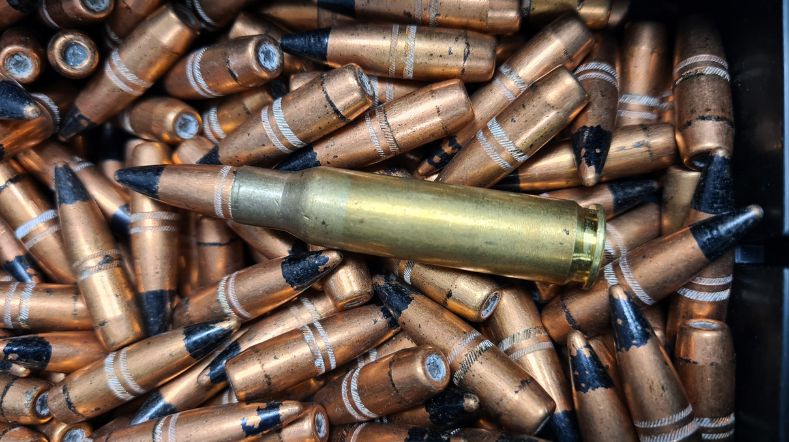How does TNO help protect us from hypersonic weapons?
Hypersonic is the new buzzword when it comes to weaponry. We know what hypersonic weapons can do, who is developing them, and who has them. The only thing we still need to figure out is how to intercept them in time. Because of this, hypersonic weapons pose a new threat to Europe's security.
To develop technology to enable interception of hypersonic weapons, we are participating in the EU HYDIS2 project. In this project, partners from several European countries are working together. We are one of the partners within HYDIS2, and Ben Wilson, researcher at TNO, is working on this project. He discusses the challenges he and his team are up against. Suzanne Brouwer, working as senior advisor for the Department of Planning at the Ministry of Defence, joins us to explain the Ministry of Defence's view on hypersonic weapons research.
What do we need to know about hypersonic weapons?
"Hypersonic weapons reach very high speeds, up to Mach 6 or perhaps even Mach 10. This means there is very little time to detect and disable them before they reach their target," Wilson begins his explanation. "This is further complicated by their relatively low cruising height. Moreover, the high manoeuvrability of hypersonic weapons makes it difficult to predict where they will land.
At the Ministry of Defence, we know, or have well-founded suspicions, that China and Russia may already be well advanced in the development of hypersonic weapons," adds Brewer. "Europe does not yet have the means to stop, or 'intercept', hypersonic weapons. That is why, especially with the current threat level, it is important for our security to develop technologies that will allow us to handle hypersonic weapons. The HYDIS2 project can make an important contribution to this."

TNO examines terminal ballistics
"A project like this is costly, which is why we are collaborating with other European governments and knowledge institutes," Brouwer continues. "To make the most efficient use of financial resources as well as already existing knowledge, each partner within Europe does its own part of the research."
Regarding how TNO is carrying out its research, Wilson says: "Part of our research focuses on terminal ballistics – the study of the interaction of a projectile with its target. If we assume that our HYDIS2 partners will get to the point where hypersonic weapons can be intercepted in time, what can we do to disable the hypersonic weapon? For example, could we have it explode at an altitude of 10 kilometres so it does not reach the power plant or military airfield it was aimed at."
Why will a small impact likely be enough?
Wilson explains: "For our research, we work with a unique setup available to TNO. With this setup, located in a bunker, we can accurately simulate what happens when the hypersonic weapon comes into contact with a defence mechanism. We use a 'two-stage light gas gun' for this purpose. This is a special cannon that fires our concept countermeasure at a simulated threat at hypersonic speed.
Before designing possible countermeasures, certain frameworks have already been drawn up – relating to speed, load and materials, for example. We already know with some degree of certainty what materials hypersonic rockets are made of. They must
be light, or they would not be able to reach high speeds, but they must also be strong, to withstand the enormous pressure put on the rocket by its hypersonic speed.
We aim to use that high tension to our advantage, because it will probably only require a relatively small impact to disable the missile. With a variety of diagnostics, including X-ray equipment and high-speed cameras, we record and analyse various options to look at the result of the missile's interaction with our defences. Will the weapon be deactivated, or is the damage insufficient?"
HYDIS2 for a safer Europe
"The setup that TNO is using for research into intercepting hypersonic weapons is unique in Europe,” Brouwer concludes. The equipment is co-funded by the Ministry of Defence and can also be used for other purposes, such as space research to protect satellites, for example, and for industrial research questions. We are currently focusing on getting the HYDIS2 project off to a good start so that we can use our findings to take the next step in deciding on and constructing technology to deactivate hypersonic weapons, making Europe a safer place."
Get inspired
Why continuous knowledge development is crucial in munitions safety


TNO’s Unit Defence, Safety & Security strengthens ties with South Korea


How the use of passive radars and satellite signals can detect and identify aerial threats


Responsible for safety: the crucial role of the range operator in bulletproof protection


Is the race between protection and weight of Defence vehicles changing?


